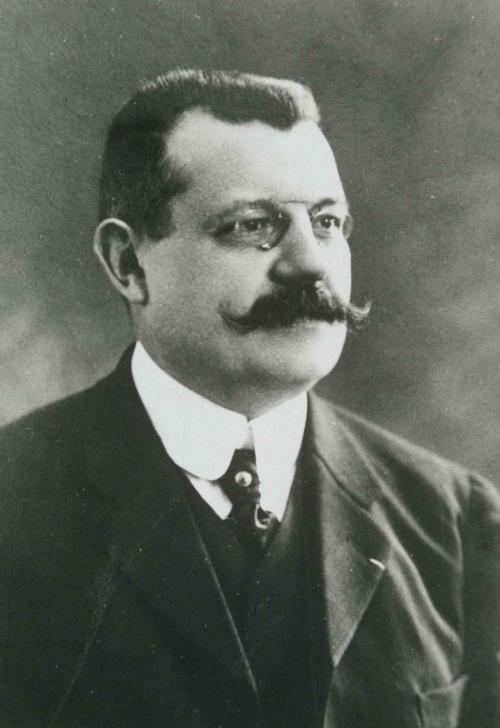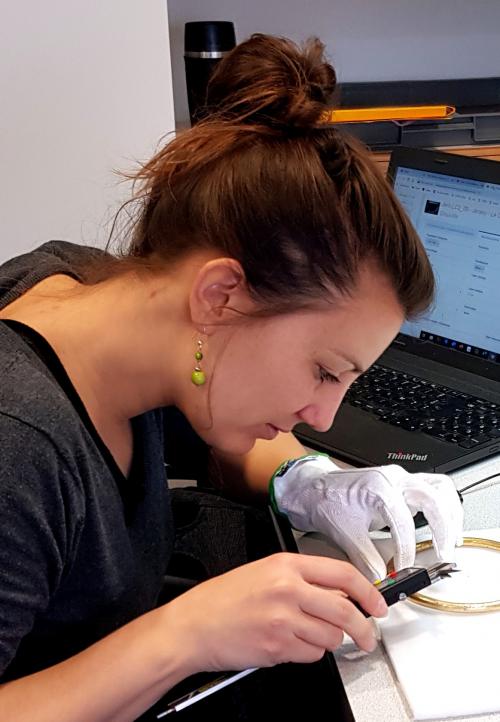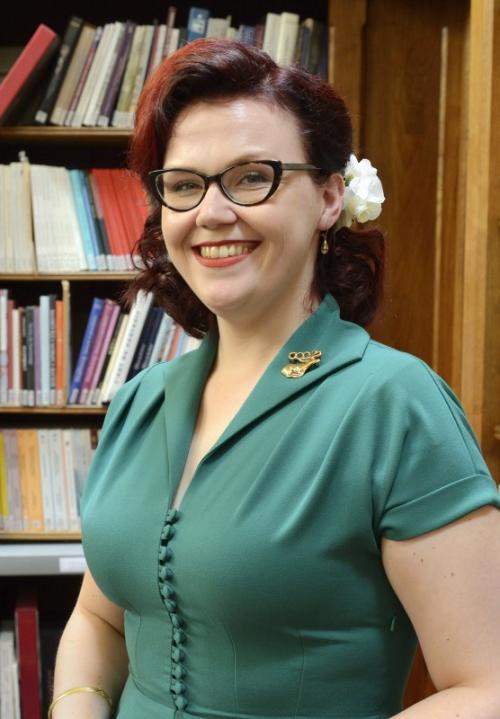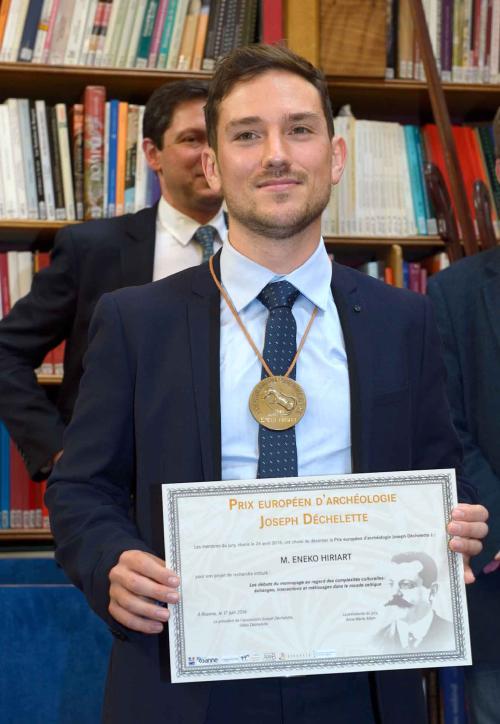The Joseph Déchelette European Archaeology Prize highlights the work of a young protohistorian archaeologist by supporting him or her in the period following the completion of their doctoral thesis.
A prize for young archaeologists
Le Prix européen d’archéologie Joseph Déchelette créé en 2016 vise à mettre en avant les travaux d’un jeune archéologue protohistorien, en le soutenant dans le moment qui suit l’achèvement de sa thèse de doctorat, un moment critique dans la carrière de tout chercheur.
Ce prix est articulé avec l’École européenne de Protohistoire de Bibracte dont les séminaires réunissent, chaque année, les doctorants en Protohistoire européenne.
Créé en 2016, le prix est porté par l’association Joseph-Déchelette. Bibracte en assure le secrétariat, aux côtés des partenaires suivants :
. le Ministère de la Culture
. la ville de Roanne / musée des Beaux-Arts et d’Archéologie Joseph Déchelette
. le Römisch-germanisches Zentralmuseum (RGZM)
. le Laténium / parc et musée d’archéologie de l’Etat de Neuchâtel
. l’association pour les recherches sur l’âge du Bronze (APRAB)
. l’association française pour l’étude de l’âge du Fer (AFEAF)
. l’European Association of Archaeologists (EAA)
. le musée d’Archéologie nationale
. la Prehistoric Society
. la Société préhistorique française
Le jury du prix réunit des membres de ces institutions, sous la présidence d’Anne-Marie Adam, présidente du conseil scientifique de Bibracte.
Le blog du prix Déchelette
This prize is linked to the Bibracte European School of Protohistory, whose seminars bring together doctoral students in European Protohistory every year.
Created in 2016, the prize is supported by the Joseph-Déchelette Association. Bibracte provides the secretariat, alongside the following partners :
. the Ministry of Culture
. the town of Roanne / Joseph Déchelette Museum of Fine Arts and Archaeology
. the Römisch-germanisches Zentralmuseum (RGZM)
. the Laténium / park and museum of archaeology of the State of Neuchâtel
. the Association pour les recherches sur l'âge du Bronze (APRAB)
. the French Association for the Study of the Iron Age (AFEAF)
. the European Association of Archaeologists (EAA)
. the Musée d'Archéologie Nationale
. the Prehistoric Society
. the French Prehistoric Society
The jury for the prize is made up of members of these institutions, under the chairmanship of Anne-Marie Adam, president of the Bibracte scientific council.
The blog of the Déchelette Prize

2022
Thibaud Poigt, docteur en archéologie (TRACES Toulouse - Ausonius Bordeaux)
Originally from the village of Hastingues in the Landes region of France, Thibaud Poigt has been interested in the material remains of ancient times ever since he was a child. After studying science at secondary school, he joined the History of Art and Archaeology degree course at Bordeaux Montaigne University in 2007.
He then trained in research and fieldwork, notably with Alexis Gorgues at the Malvieu site (Saint-Pons-de-Thomières, Hérault). It was with him that he began writing his Master's thesis on the markers of production and exchange practices deposited in funerary contexts during the Iron Age. The project already had a European dimension, as he was working on French and Spanish territories. His work at university led him to study balance weights found in tombs from the Iberian period on the Valencian coast. He then noticed the heterogeneity of data on the subject on a European scale: the subject of his thesis was then found! He wrote his first research project in 2013, then enrolled for an unfunded PhD at Toulouse Jean-Jaurès University in 2014, under the co-direction of Pierre-Yves Milcent and Alexis Gorgues. In 2015, he won a one-month grant from the Casa de Velázquez (Madrid), which enabled him to travel around Spain studying weighing instruments held in various museums and collections. The following year, he joined the Ecole des Hautes Etudes Hispaniques et Ibériques (EHEHI) at Casa de Velázquez as a member for two years. He will finally defend his thesis in September 2019, and publish it in spring 2022 in the Dan@ digital collection of Editions Ausonius.
The subject of her thesis is: Weighing instruments in Western Europe in the Age of Metals (14th-3rd century BC). Design, uses and users. The prize jury was impressed by this original thesis, as much for its subject as for the analysis protocol used. It offers a new vision of trade and the economy of protohistoric societies, by developing a subtle archaeological and anthropological approach to understanding the long history of ways of measuring value in societies without writing or institutionalised monetary systems.

2020
Marilou Nordez, PhD from the Jean Jaurès University in Toulouse
Marilou Nordez successfully defended her doctoral thesis in 2017 at the University of Toulouse Jean-Jaurès on L'âge du Bronze moyen atlantique au prisme de la parure : Recherches sur les ornements corporels de France et des régions voisines (XVe-XIVe s. av. notre ère), a thesis which has already been the subject of a monographic publication. She is currently a post-doctoral researcher on the Celtic Gold research programme, co-funded by the French and German national research agencies, which enables her to broaden her field of expertise to include the Iron Age.
Marilou Nordez has developed an integrated method for studying jewellery. She relies on a classic 'typo-chronological' approach, which she supplements in an original way with archaeometric analyses, to specify the composition of the metal, and technological analyses, to reconstruct the production chains. These data enable her to question the concept of the 'Atlantic Middle Bronze Age', to reconstruct previously unidentified technical processes at such an early period, and to clarify the transfer of raw materials, objects and techniques across north-western Europe. The prize money will enable him to extend the chronological scope of his investigation into the finery of Europe's Atlantic seaboard to the whole of Protohistory (2nd and 1st millennia BC).

2018
Sasja van der Vaart-Verschoof, curator at the National Museum of Antiquities in Leiden (Netherlands)

2016
Eneko Hiriart, PhD from the University of Bordeaux-Montaigne
Since his childhood,Eneko Hiriart has travelled through space and time on the pages of the Iliad and the Odyssey, and has been fascinated by the history of Antiquity, Mesopotamia, Egypt and numismatics. As a teenager, he took part in cultural outings thanks to local associations: "I visited heritage sites, castles and churches. In Rome, during a trip, I was fascinated by the Basilica of Saint Clement, whose remains invited me to discover fifteen centuries of history. Eneko therefore took a degree in History at the University of the Basque Country (Spain) and a master's degree in Archaeology at the University of Bordeaux-Montaigne (UBM). He participated in numerous archaeological excavations, in Paleolithic caves, Bronze Age and Iron Age sites. Benefiting from a doctoral contract and several grants, he completed his doctorate at the UBM and passed his thesis with flying colours. Courses, seminars, conferences and publications mark out his career.
"My thesis on Economic and monetary practices between the Ebro and the Charente (5th - 1st century BC) seeks to understand how the arrival of money gradually revolutionised the economy and society. My research is a continuation of that initiated by Joseph Déchelette who was the first to compare protohistoric sites on a European scale. In line with this scientific heritage, my focus is on an approach to the Celtic world as a whole," explains Eneko Hiriart.
After winning the prize, he joined the CNRS and works at the Bordeaux branch of the IRAMAT laboratory.

Actualités liées











